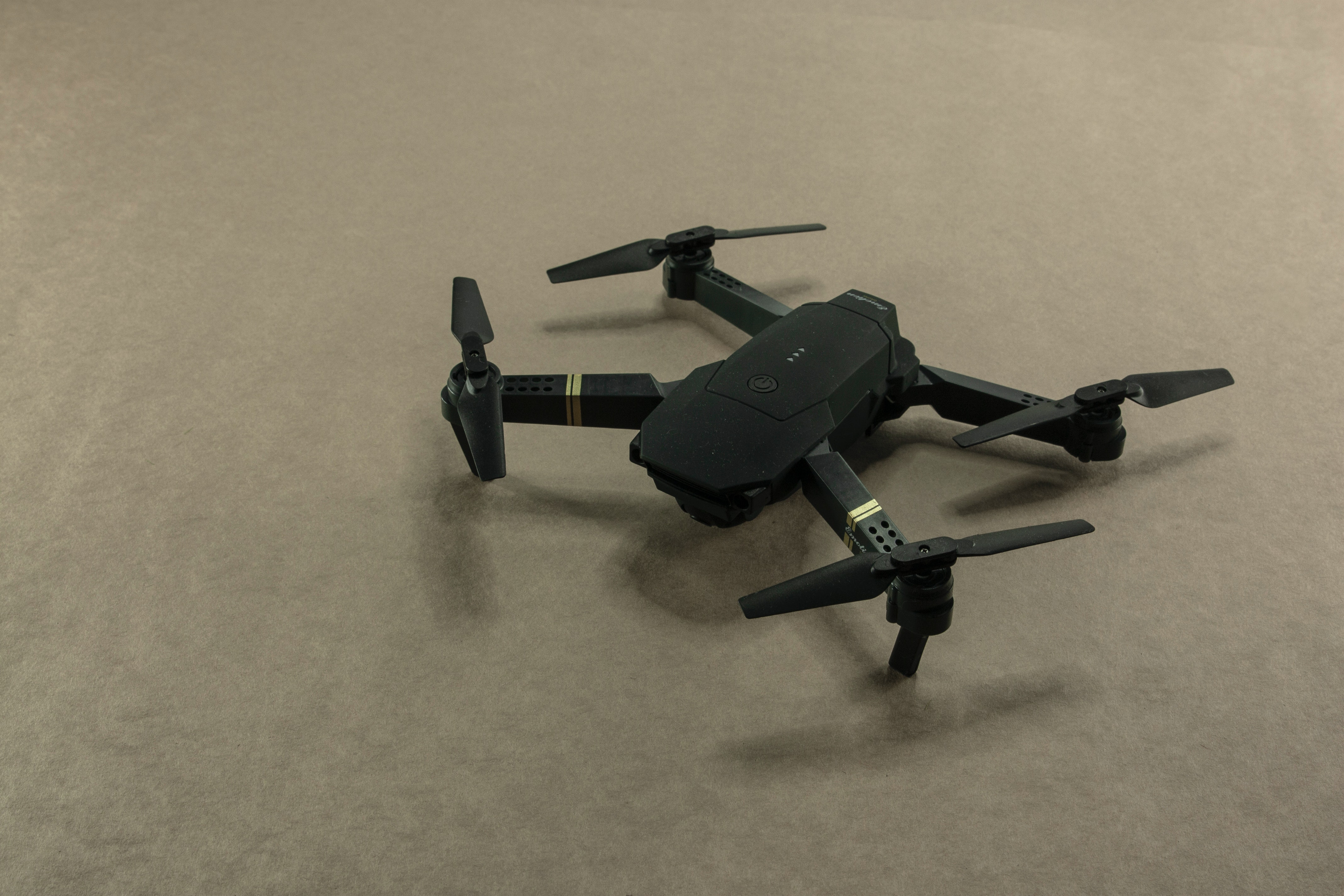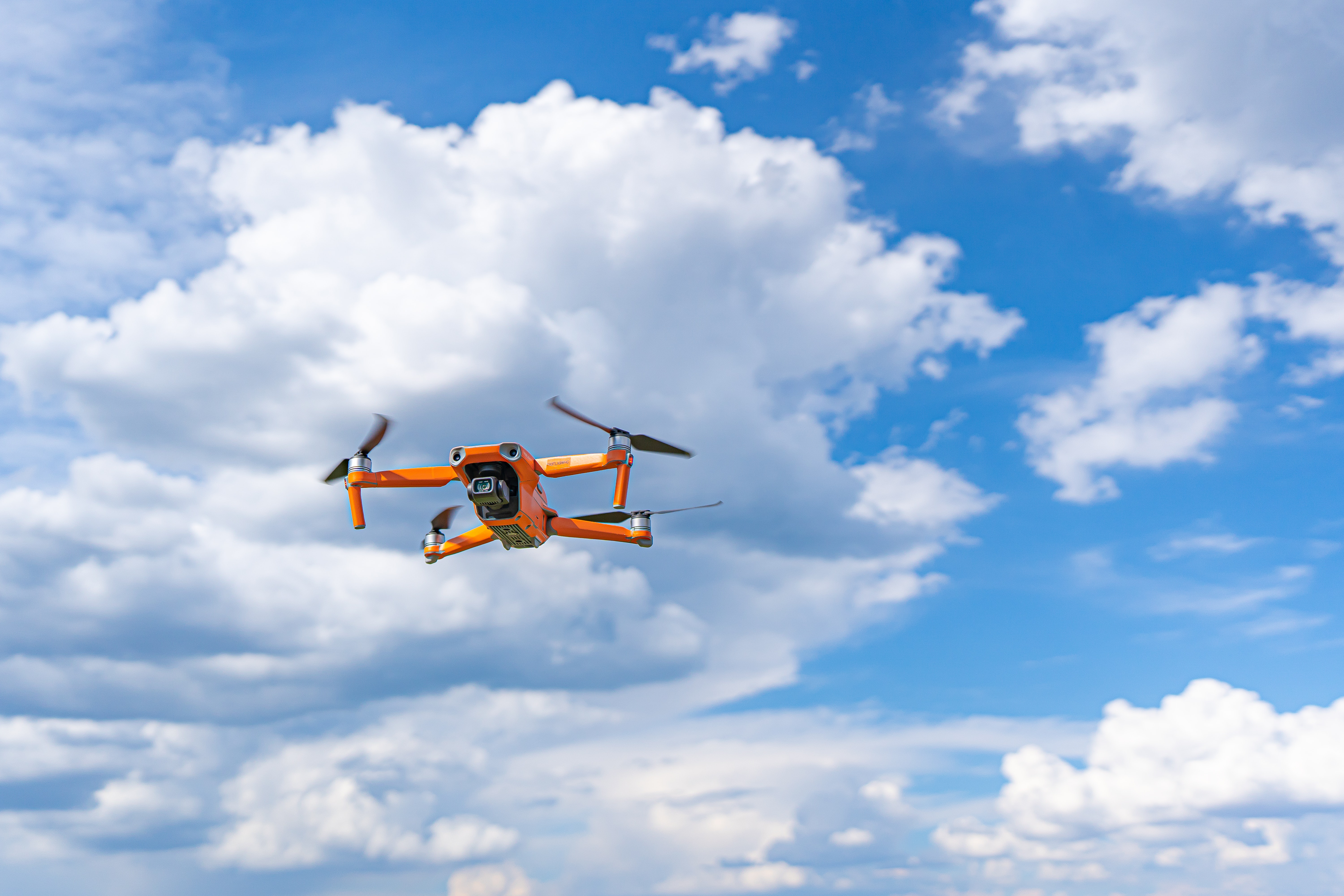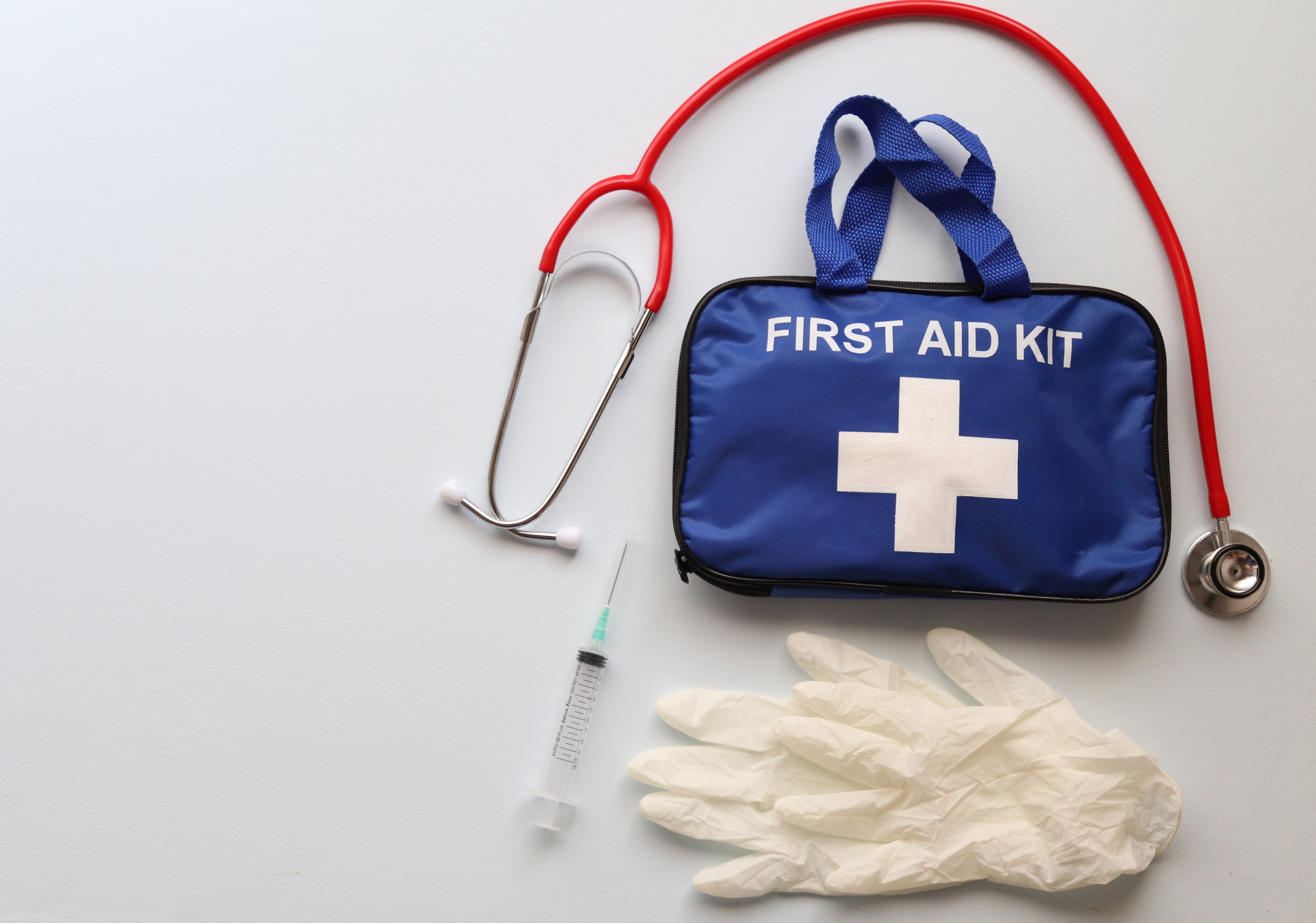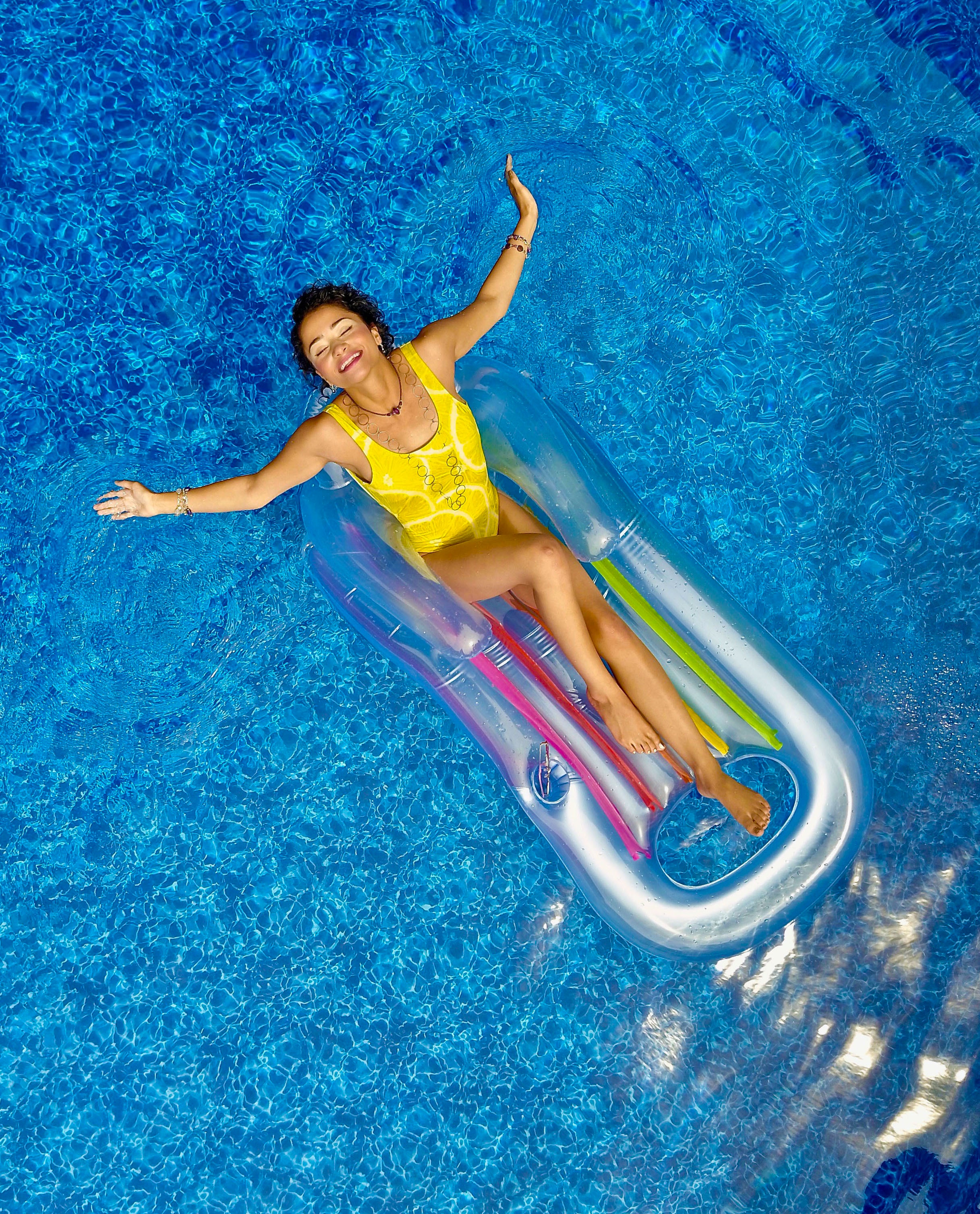

DRONES
Drones are not just a cool technology; they are a revolution in how we see and interact with the world.
We make drones for multi purpose, single purpose, personal use. We also add features as per your requirement. These drones are tested and then we provide it to you, to keep your trust with us because ONEIMAX needs your trust and love.
A drone, also known as an unmanned aerial vehicle (UAV), is a sophisticated flying machine that is remotely controlled or programmed to operate autonomously. Drones have gained significant popularity and applications in recent years, revolutionizing various industries such as photography, videography, delivery services, agriculture, surveillance, and more. In this response, we will explore the concept of drones, their components, different types, and their diverse applications.
At its core, a drone consists of four main components: the frame, propulsion system, flight controller, and sensors. The frame is the physical structure that holds all the components together. It is typically made of lightweight materials such as carbon fiber or plastic to maximize flight efficiency. The propulsion system includes motors and propellers responsible for generating thrust and enabling the drone to maneuver through the air. The flight controller acts as the “brain” of the drone, processing commands and maintaining stability during flight. Sensors such as accelerometers, gyroscopes, and GPS receivers provide crucial data to the flight controller, ensuring accurate positioning and orientation.
Drones can be classified into different types based on their size, capabilities, and purpose. The most common types are multirotor drones, fixed-wing drones, and hybrid drones. Multirotor drones, like quadcopters, have multiple rotors that allow vertical takeoff, landing, and precise hovering. They are highly maneuverable and widely used for aerial photography, videography, and recreational purposes. Fixed-wing drones resemble traditional airplanes, with fixed wings and a propulsion system that enables them to fly long distances efficiently. These drones are often used in aerial mapping, surveying, and agricultural applications. Hybrid drones combine the characteristics of both multirotor and fixed-wing drones, providing versatility for various missions.

1

2

3

4

5

6
Fill this form


7

8

9

10

11

12

13

14

15

16

17

18

19

20

21

22

23

24

25

26


27

28

29

30

31

32

33
The applications of drones are vast and continue to expand as technology advances. In the field of aerial photography and videography, drones offer a unique perspective, capturing breathtaking shots from previously unreachable angles. They have revolutionized filmmaking, real estate photography, and even sports broadcasting. Drones equipped with high-resolution cameras and gimbals can capture stabilized footage with remarkable clarity.
Drones are also transforming the delivery industry. Companies like Amazon and UPS are exploring the use of drones for package delivery, aiming to reduce delivery times and costs. Drones can navigate through congested areas and deliver small packages directly to customers’ doorsteps, overcoming challenges faced by traditional delivery methods.
In agriculture, drones have emerged as powerful tools for precision farming. Equipped with sensors and cameras, they can gather valuable data about crop health, soil moisture levels, and pest infestations. Farmers can use this information to optimize irrigation, detect nutrient deficiencies, and apply targeted treatments, resulting in increased crop yields and reduced resource wastage.
Furthermore, drones have become valuable assets in search and rescue operations. Equipped with thermal imaging cameras and advanced sensors, they can quickly cover vast areas and locate missing persons or survivors in disaster-stricken areas. Drones can also be deployed for environmental monitoring, wildlife conservation, infrastructure inspection, and even in hazardous situations where sending humans would be risky.
Despite the numerous benefits, drones also raise concerns regarding privacy, security, and airspace regulations. Unauthorized or irresponsible drone operations can pose risks to public safety, interfere with manned aircraft, or violate privacy rights. Governments around the world have implemented regulations to ensure responsible drone use, including registration requirements, flight restrictions near airports, and no-fly zones in sensitive areas.
In conclusion, drones have transformed various industries by offering new perspectives, increasing efficiency, and enabling tasks that were previously impractical or inaccessible. From aerial photography to package delivery, precision farming to search and rescue missions, drones continue to redefine the way we perceive and interact with the world around us. With ongoing advancements in technology and increasing adoption, drones are likely to play an even more significant role in the future, shaping industries and enhancing our daily lives.



